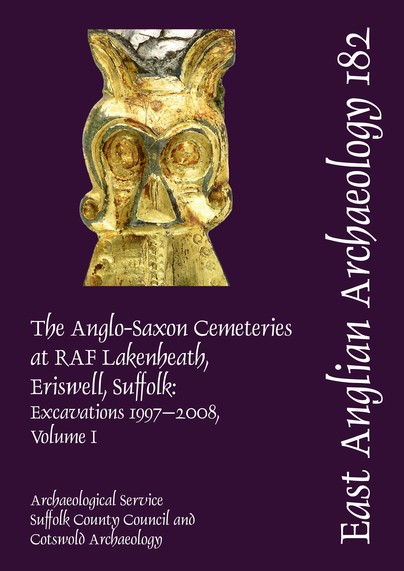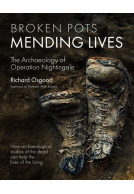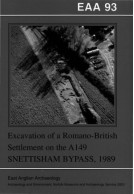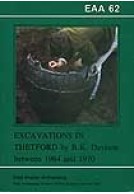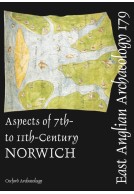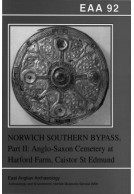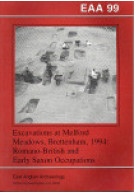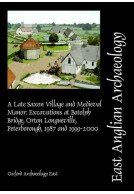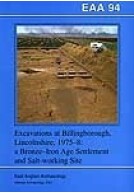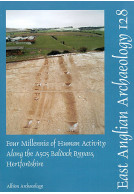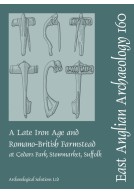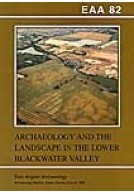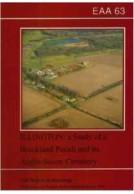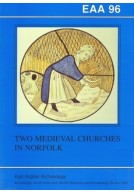EAA 182: The Anglo-Saxon Cemeteries at RAF Lakenheath, Eriswell, Suffolk (Hardback)
Excavations 1997–2008
Imprint: East Anglian Archaeology
Series: East Anglian Archaeology Monograph
Pages: 1100
Illustrations: 700
ISBN: 9780956874788
Published: 8th May 2024
Script Academic & Professional
Series: East Anglian Archaeology Monograph
Pages: 1100
Illustrations: 700
ISBN: 9780956874788
Published: 8th May 2024
Script Academic & Professional
You'll be £75.00 closer to your next £10.00 credit when you purchase EAA 182: The Anglo-Saxon Cemeteries at RAF Lakenheath, Eriswell, Suffolk. What's this?
+£4.99 UK Delivery or free UK delivery if order is over £40
(click here for international delivery rates)
Order within the next 51 minutes to get your order processed the next working day!
Need a currency converter? Check XE.com for live rates
(click here for international delivery rates)
Order within the next 51 minutes to get your order processed the next working day!
Need a currency converter? Check XE.com for live rates
In 1979, a pipe trench at the military airbase RAF Lakenheath in the historic parish of Eriswell, Suffolk, revealed the presence of possible inhumation graves of the Early Anglo-Saxon period not far from the group of 33 burials excavated in the 1950s and published as the cemetery of Little Eriswell. Extensive redevelopment starting in the late 1990s led to the excavation of what appears to be a remarkable group of three discrete but contemporary burial grounds in close proximity, here labelled the West, Central and East sites — the latter including the Little Eriswell graves. While it is not certain that the Central and East burial grounds are fully separate, these two areas do differ markedly in layout and focus and in aspects of grave furnishing. Burial began in the West site with cremation around the middle of the 5th century. All three burial grounds were used for inhumation from the second half of the 5th to the late 6th century. For a further century, only the West site remained in use; this site was abandoned in the late 7th century when burial commenced at a ‘Middle Anglo-Saxon’ cemetery 300m to the south at Lord’s Walk. By the late 6th century the size of the burying population had apparently fallen by as much as 80%, from a hundred or more to maybe only twenty. The quality of the archaeological evidence allows for detailed examination and reconstruction of burial practice in terms of grave structure and how the bodies were laid in them. Soil conditions create some variance in skeletal preservation, but generally good survival reveals a naturally structured community, and allows for observation of its pathologies. Isotope and pioneering aDNA analyses identify an essentially local population but with one early female grave that is credibly that of a 5th-century immigrant from across the North Sea, and also demonstrating cross-generational descent within the community. The grave goods illustrate social differentiation, primarily by sex and age although exceptionally richly furnished and elaborately constructed graves such as the horse and ‘warrior’ burial embody additional status differentials. A series of expert scientific analyses have been targeted at revealing how this community made use of the principal resources available to it; how it could live and function in this topographical niche at this period. It is clearly demonstrated that there is a very solid foundation in all of the evidence from this site for continuing specialised research, not least as new techniques of analysis and research perspectives develop.
Customers who bought this title also bought...
Other titles in the series...
Other titles in East Anglian Archaeology...







